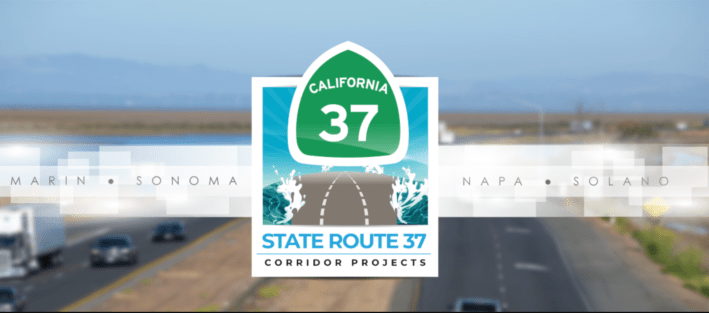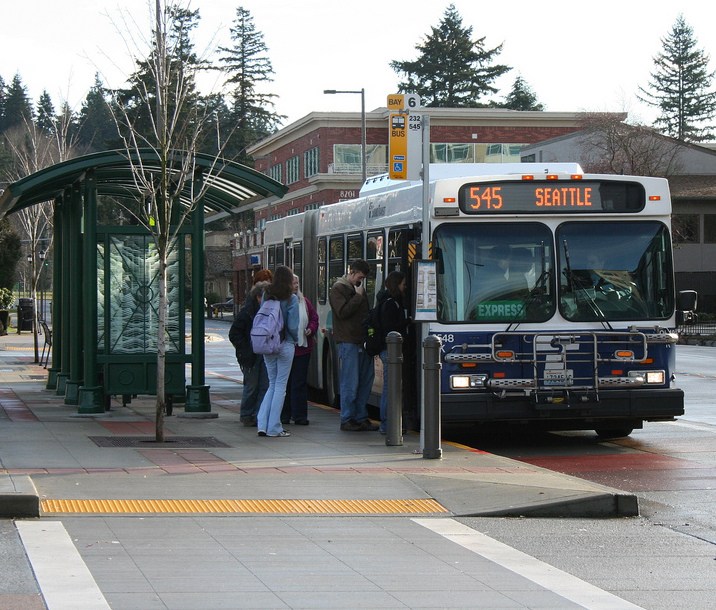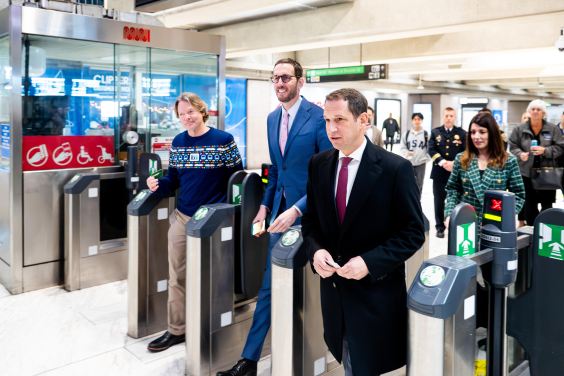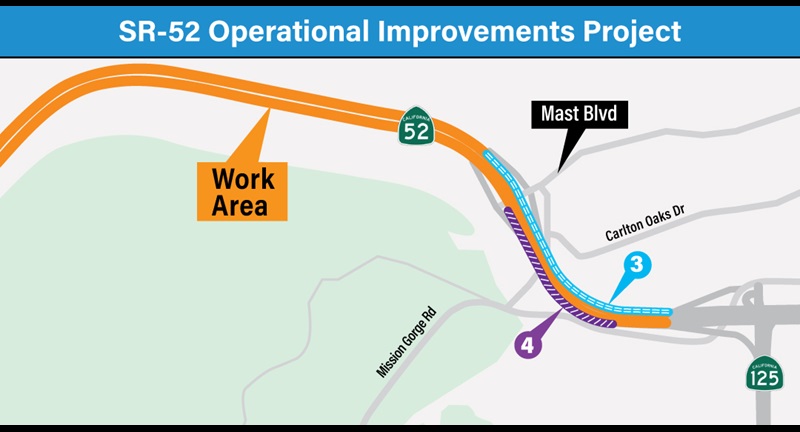The long-running battle over widening portions of State Route 37 between Vallejo and SR 121 reached another milestone this week when Governor Gavin Newsom signed Assembly Bill 697. AB 697 changes existing law to make it easier for the highway expansion to occur despite it moving through protected marshlands - a move that many environmentalists say amounts to a weakening of California’s environmental safeguards.
The bill was introduced by Assemblywoman Lori Wilson (D-Suisun City), who also chairs the Assembly Transportation Committee. In a press release, Wilson framed the legislation as a balancing act, claiming:
This bill will improve the quality of life for thousands of working families by addressing daily congestion, creating good paying jobs, and protecting the natural environment that makes our region special.
Under AB 697, Caltrans may obtain incidental take permits for four fully protected species — salt marsh harvest mouse, Ridgway’s rail, California black rail, and white-tailed kite — but only if impacts are fully mitigated and approved by the California Department of Fish and Wildlife.

What the Project Is and Why It’s Controversial
The immediate beneficiary of AB 697 is the “Resilient SR-37 Sears Point to Mare Island Improvement Project,” a roughly $500 million, ten-mile widening that will add one managed lane in each direction where the highway currently narrows to one lane each way.
Caltrans and regional partners argue this interim expansion is necessary to reduce chronic congestion, improve freight reliability, and provide some resilience as sea levels rise. They also note that without the exemptions in AB 697, construction would be restricted to just 10-12 weeks per year, in order to avoid disturbing species during sensitive seasons; those constraints dramatically elevate costs and delay timelines.
As the Metropolitan Transportation Commission explains:
If signed into law … the bill will allow the Highway 37 project to secure California Department of Fish and Wildlife permits for the ‘incidental take’ of four fully protected … species during construction so long as these impacts are fully mitigated, including through the planned habitat restoration.
In its planning documents, the Resilient SR-37 program also pledges to restore some 1,200 acres of historic San Pablo Baylands wetlands, supporting habitat for those very species.
As one Caltrans spokesperson told CBS News: “Based on their life cycles, it would reduce construction time period to basically about three months out of a 12-month year” without this legislation.
Environmental Opposition and Criticism
Environmental, climate, and smart growth groups have voiced fierce opposition, arguing that AB 697 is a “backdoor streamlining” that weakens the California Endangered Species Act and CEQA protections.
In a sign-on letter opposing the legislation, TransForm, the Sierra Club California, NRDC, and others warned:
Streamlining the interim project by allowing for the take of fully protected species … limits the environmental analysis and the public input opportunity … This interim SR 37 project … will be underwater due to sea level rise within fifteen years of completion.”
Transform, which has long campaigned against the widening, highlights a further criticism: the $73 million in funding recently approved by the California Transportation Commission (CTC) for SR 37 is only a fraction of the full project cost for a project in a corridor will be underwater in coming decades.
In a column titled “Gains and Losses in the Campaign to Stop Highway Expansion,” Transform writes:
The commission approved $73 million for the SR 37 project, which won’t solve congestion and will be underwater due to sea level rise within a short time.”
Critics frequently point to the phenomenon of induced travel - the fact that highway expansions just fill up with new traffic and worse congestion relief - and warn that this widening will almost certainly bring more cars, not fewer.
Others push for alternative strategies: improved transit, equitable tolling of existing lanes, or earlier investment in the “ultimate” causeway design that would elevate or relocate the highway in full to adapt to sea-level rise.
To top it all off, Caltrans’ own projections warned that large stretches could be underwater by 2040. Caltrans now claims that more recent studies have debunked earlier ones. The agency even removed the initial study from its website.
What Happens Next
Caltrans and the Resilient SR 37 partnership can move toward construction in 2026 on the Sears Point–Mare Island widening.
Yet key questions remain:
- Will mitigation for species disturbances truly hold up under independent oversight?
- How effective will the restored wetlands be, especially under accelerating sea-level rise?
- Will the new lanes simply regenerate congestion via induced driving?
- And will the interim expansion delay or de-prioritize funding for the full, more resilient solution?
As the saying goes: if you need to change the law to build it, maybe it’s the wrong project. But with AB 697 signed, the stage is set for one of California’s more controversial highway expansions, right through protected marshlands and in the face of climate collapse.






